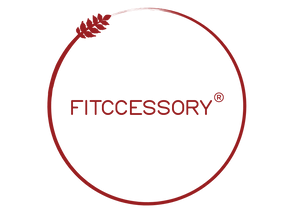As adults get older, typically the amount of activity decreases whether it be at a job, at home, or less walking and running in the day. This can lead to various mobility issues and muscular imbalances.
The hip flexors are composed of five different muscle groups that connect the femur to the pelvis. This plays a huge role in the way that we run, squat, lunge, walk, and do other various physical movements. Too much sitting and not enough physical activity will cause the hip flexors to be in a constant flexed position. So, over time the hip flexors will begin to shorten. The lower spine is affected significantly by the hip flexors and hamstrings. If your hamstrings are too tight the pelvis will not be able to tilt forward as it should due to lack of flexibility. Poor posture can be a result of this as well as back pain. When the pelvis is pulled out of alignment the lower back will begin to feel added pressure, known as the anterior pelvic tilt. When these muscles do not function well, they become weaker and tighter because we are not using them.
Even in a standing position, not much effort and movement is used. So, we often neglect this area. This is why you will dig into your back with your thumb to massage it and get some relief, or you will twist your back and stretch to help ease the tension.
The best way to get rid of tightness is by stretching and foam rolling. This will help to lengthen the muscles and help with flexibility. However, sometimes stretching is not enough. This is where foam rollers come into play, or a self-massage as we like to call it! The larger foam rollers are great for leg, back, and glute tightness. However, this foam roller cannot get to every area that we need specifically our hips, shoulders, traps, or rhomboid regions.
Our massage ball is like a mini foam roller that digs into those hard to reach places. This ball is softball size and is covered in EVA padding so it is not too rough on the body. By placing the ball on a wall, it is much easier to dig into hard to reach areas, and you are also able to adjust the pressure yourself by putting more weight against the ball.
Foam rolling before a workout will help with range of motion and circulation. Foam rolling can also help you recover better and protect you from future injury. Recovery is equally as important as the workout itself. Remember that we are not building muscle inside of the gym, we build it with proper recovery outside. If we have knots and constant stress outside of the gym, using the foam roller will help alleviate this tension and allow you to focus on the muscles that you are actually working, instead of compensating because of a problem area which can lead to even more issues!
Relax, recover, and aim to roll anywhere from 5-20 minutes per day!
